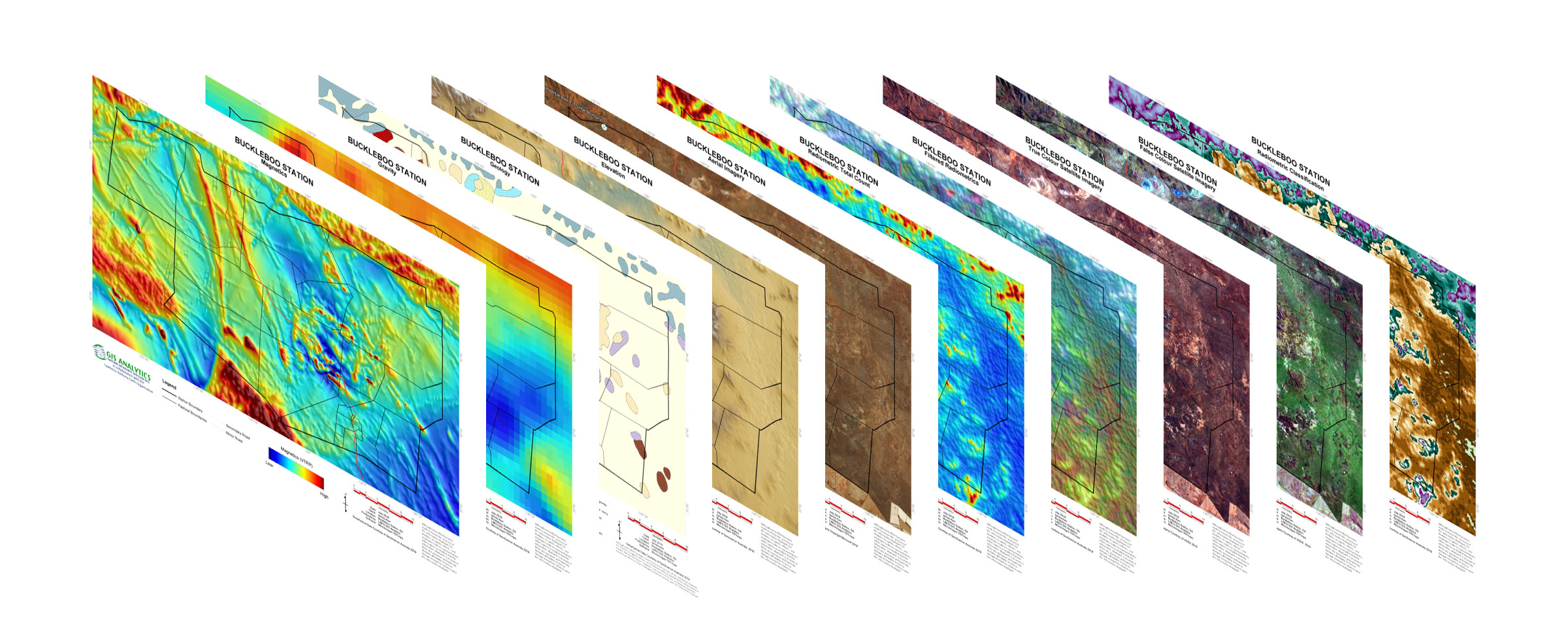
Uncovering Hidden Depths: The Quest to Locate Deep Seated Water
In our exploration of Earth’s hidden treasures, Deep Seated Water reservoirs stand out as one of the most fascinating and crucial discoveries. These underground aquifers, often lying kilometres beneath the surface, hold vast amounts of water that can be vital for sustaining life, particularly in arid regions (Evidence of New Sources of Fresh Groundwater). In this blog, we delve into the advanced techniques used to locate these hidden water sources and the importance of this endeavor in addressing global water security.
1. Understanding Deep Seated Water: Deep Seated Water refers to groundwater stored in aquifers located at significant depths beneath the Earth’s surface. Unlike shallow groundwater, which is readily accessible and replenished by surface water, Deep Seated Water is trapped in rock formations and can be millions of years old. These ancient water sources are crucial for long-term water security, especially in regions facing severe water shortages.
2. The Importance of Locating Deep-Seated Water: As global populations grow and climate change intensifies, the demand for fresh water is skyrocketing. Traditional water sources like rivers, lakes, and shallow aquifers are becoming increasingly stressed and toxic. Locating and tapping into Deep Seated Water can provide a sustainable solution to meet this demand, ensuring communities have access to clean water even during droughts.
3. Advanced Exploration Techniques:
a. Geophysical Surveys: Geophysical methods, such as seismic reflection and refraction, magnetic resonance sounding, and electrical resistivity, are essential tools in the search for Deep Seated Water. These techniques help create detailed images of subsurface structures, allowing scientists to identify potential water-bearing formations. For example, seismic surveys use sound waves to map underground layers, revealing the presence of water-rich zones.

b. Remote Sensing: Satellite-based remote sensing technology has revolutionized the way we explore for deep-seated water. Satellites equipped with radar and infrared sensors can detect variations in soil moisture and temperature, indicating the presence of groundwater. This method is particularly useful for mapping large, inaccessible areas and identifying promising sites for further investigation.

c. Drilling and Borehole Logging: Once potential aquifers are identified, drilling is used to confirm the presence of Deep Seated Water. Boreholes are drilled to collect rock and water samples, which are then analysed to determine water quality and quantity. Borehole logging, which involves measuring physical properties like electrical conductivity and porosity, provides additional data to assess the viability of the aquifer.

4. Case Studies: Successful Deep Seated Water Discoveries:
a. The Great Artesian Basin, Australia: One of the world’s largest and most famous deep-seated aquifers, the Great Artesian Basin, covers more than 1.7 million square kilometres. Advanced geophysical surveys and drilling techniques have been instrumental in mapping this vast underground reservoir, providing water to remote communities and supporting agriculture in one of the driest continents.
b. The Nubian Sandstone Aquifer System, North Africa: Spanning several countries, including Libya, Egypt, Sudan, and Chad, the Nubian Sandstone Aquifer System is another significant Deep Seated Water source. Remote sensing and geophysical methods have played a crucial role in locating and assessing this aquifer, which holds potential for alleviating water scarcity in the region.
c. The Maverick Basin Aquifer, Texas, USA: This is a newly discovered huge freshwater deep aquifer in Texas The Maverick Basin Aquifer is known to be at least 3,000 square miles in area and averages 1,000 feet thick in most places. This is another of the increasing number of deep freshwater sources being discovered across the planet.
5. Challenges and Future Prospects: While the search for Deep Seated Water is promising, it is not without challenges. Drilling to great depths is expensive and technically demanding. Additionally, careful management is required to ensure sustainable extraction and prevent overexploitation. Continued advancements in technology and international cooperation will be essential for overcoming these challenges and unlocking the full potential of deep-seated water.
Conclusion: Deep Seated Water reservoirs represent a hidden lifeline beneath our feet, offering hope for a water-secure future. By leveraging cutting-edge technologies and innovative exploration techniques such as those employed by AquaterreX, we can uncover these hidden depths and tap into their potential. As we continue to face the realities of water scarcity, the quest to locate Deep Seated Water becomes ever more critical in our efforts to sustain life and promote global water security.
The word is getting out about advanced water exploration technologies to locate Deep Seated Water. Please help and continue sharing this crucial information.